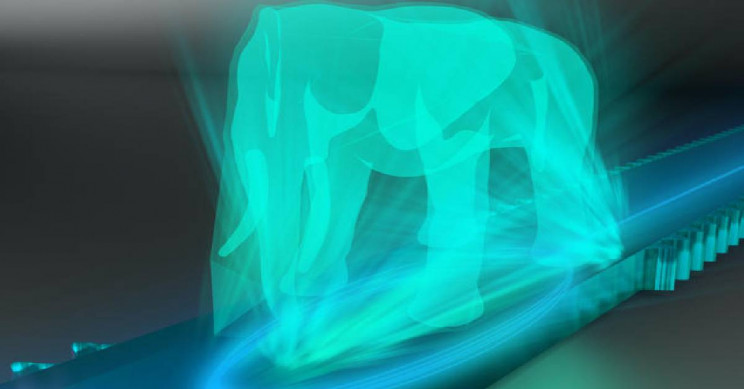In a big breakthrough, scientists from the Vrije Universiteit Brussel and Harvard have succeeded in making near-field light visible. Near field-light is the light that simply never reaches our eyes.
There are many lights which are not visible to us. We cannot see UV or infrared light as our eyes cannot process these lights. However lights like ‘Near field-light’ that are invisible because they sticks to the surface, rather than being transmitted or scattered away.
Vincent Ginis, the lead author of the study, said, “This research opens the door to unprecedented mastery of this powerful, largely unexplored type of light. There is great potential for applications in particle manipulation, molecular detection and optical communication,”
Near field-light
Although invisible to the human eye, near field-light has many useful properties. It is typically used for ultra-high-resolution microscopy, known as the near-field scanning optical microscopes (NSOM). Harvard scientists believe it could also be used in particle manipulation, sensing and optical communications. But since near-field light is invisible to human eyes, researchers didn’t know how to harness and manipulate it.
Now, Harvard researchers have formulated a new system to mold near-field light
Federico Capasso, the senior author of the paper, said, “Over the years, our group has developed new powerful techniques to structure propagating light using subwavelength-patterned metasurfaces,”
“With this work, we show how to structure the near field at a distance, opening exciting opportunities in science and technology.”
For manipulating near-field light, the scientists created a device in which light confined to a waveguide bounces back and forth between two reflectors. After each leap, it changes mode. That implies it transmits with a different spatial pattern. Once all the different patterns are superimposed, a specific shape is created.
To demonstrate this, the researchers structured the near-field light in the shape of an elephant.







